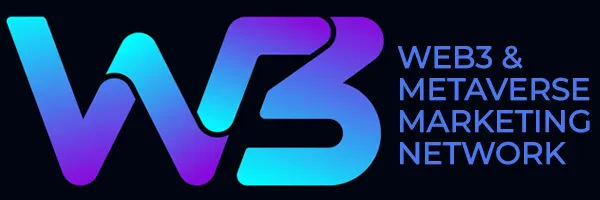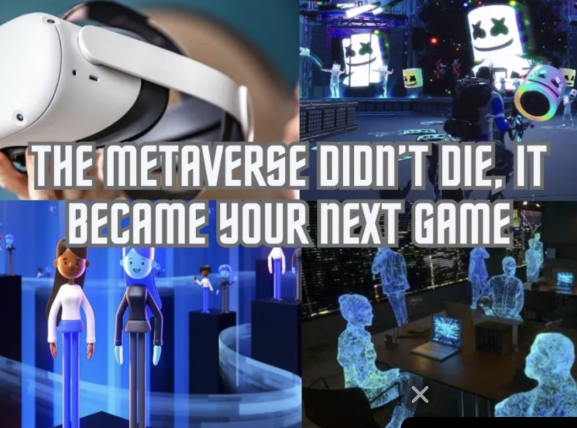Farcaster is marrying social media and Web3 to onboard the masses
Farcaster has taken crypto by storm, but more must be done before it achieves mainstream popularity
Following the launch of Frames, Farcaster, the protocol behind the much-talked-about social network Warpcast, has gained significant attention in the crypto sphere.
Frames is a feature that enables users to embed functionality on Farcaster applications without having to leave the app itself.
This may sound simple at first glance, but is something that was not achievable on previously popular Web2 social media platforms like Facebook.
In an interview with Blockworks, Antonio García Martínez, a former product manager at Facebook and founder of Spindl, noted that in Facebook’s earlier days, the social network wanted to create ways to incorporate ways you could interact with siloed media experiences on its platform.
“Facebook used to be the one social network that everyone was on, and the idea was you would have, like, a Spotify player with a play button on your feed when your friends share what they are listening to or something like it, but it never quite came together,” Martínez said.
The latest Frames feature is the first step in making this dream a reality. With blockchain technology that incorporates aspects such as identity, money and payment rails, developers are now able to use it to interact with apps outside of it and create in-context experiences.
“The cool thing about it from a marketer’s perspective, is the typical user funnel — clicking on one thing, going somewhere else, putting in my financial credentials — all of that gets compressed down to just this nexus of the social layer,” Martínez said.
The reason this is possible is that when a user is signing up for a Farcaster application — like Warpcast — Farcaster creates an underlying wallet for that account that can be connected or associated with a real wallet.
Although at this point in time on-chain transactions are not yet a functionality on Frames, it is something that Martínez believes will happen in the near future.
Martínez notes that in Web3 today there has yet to be a popular consumer app, and mainstream users are unlikely to use a product for its cryptocurrency features.
Blockworks







